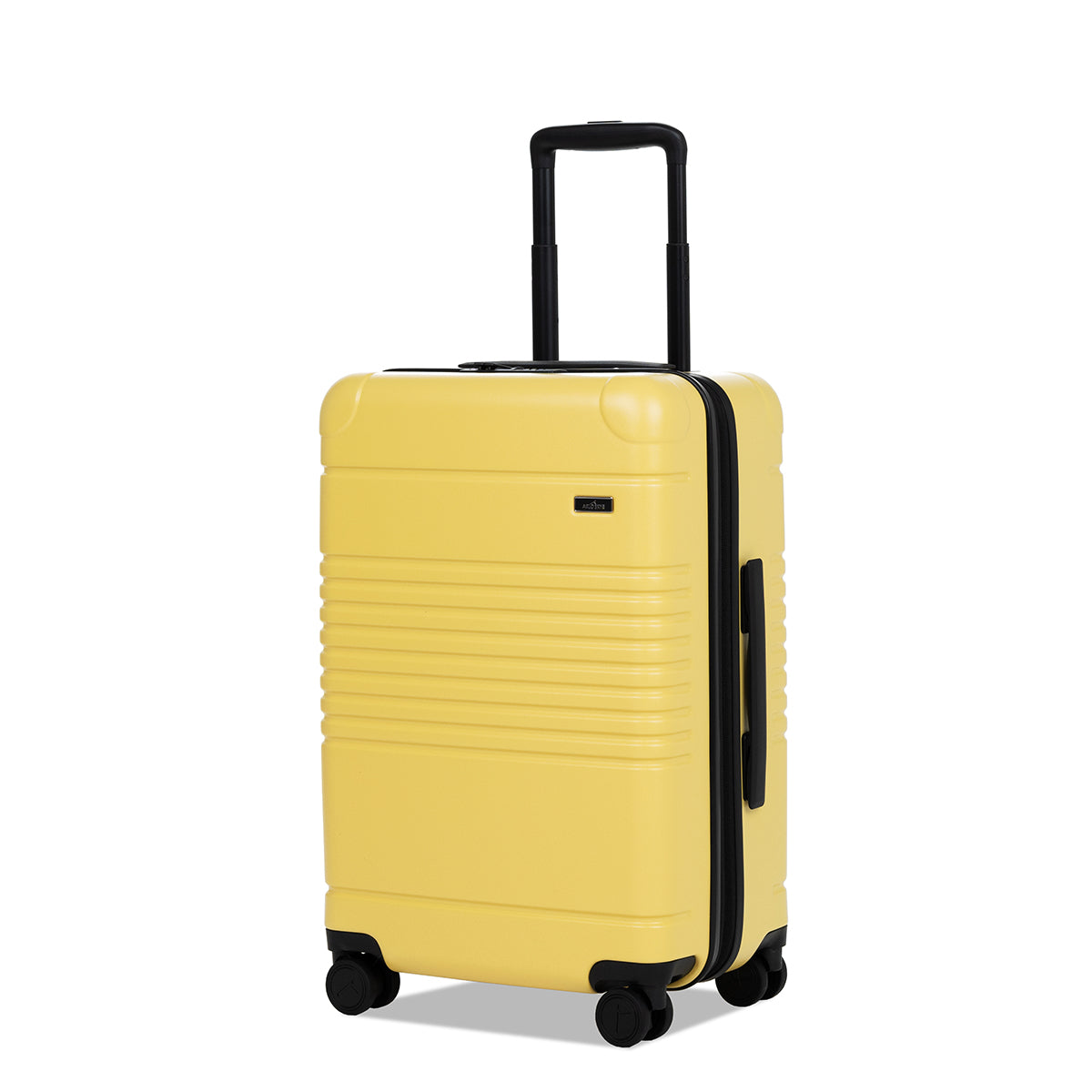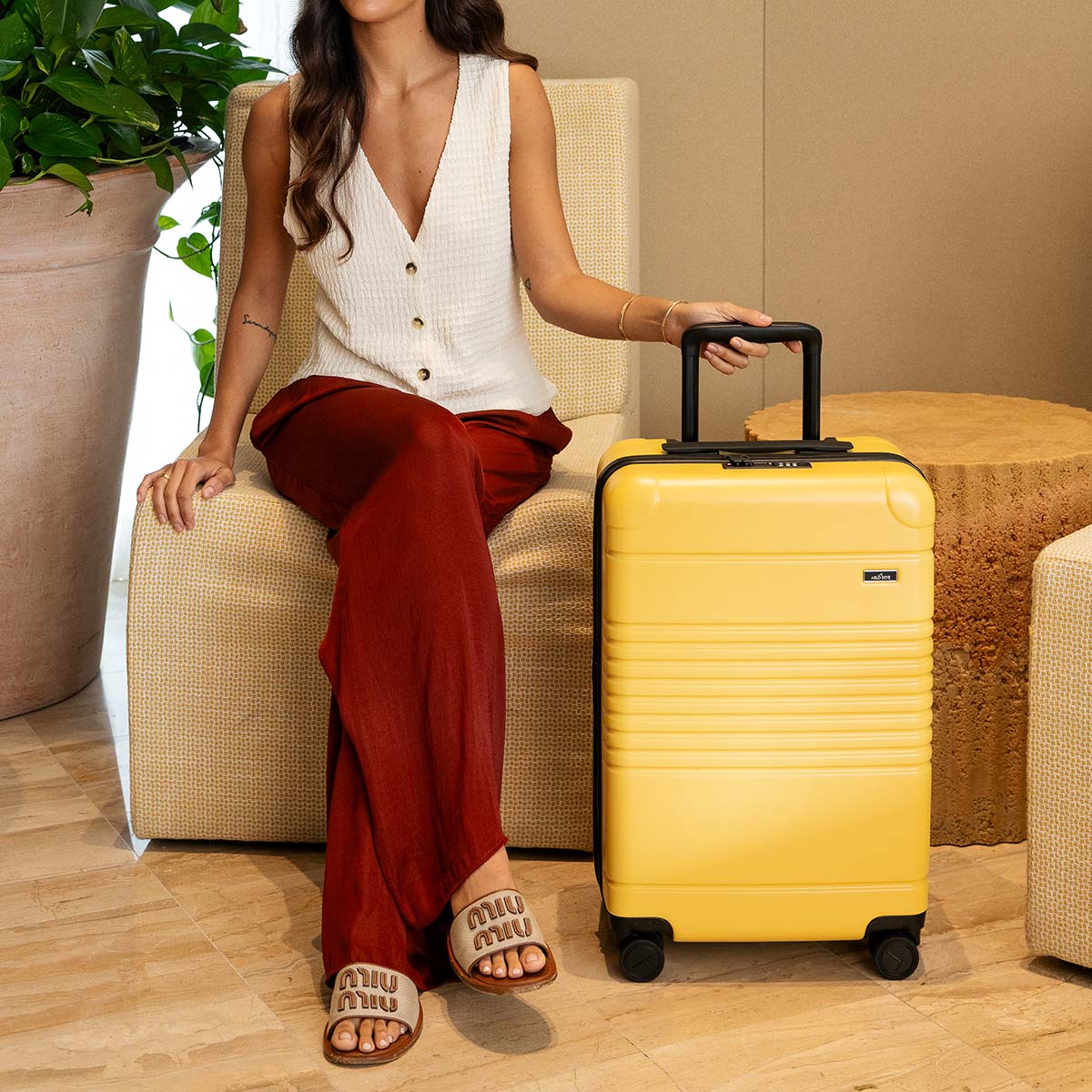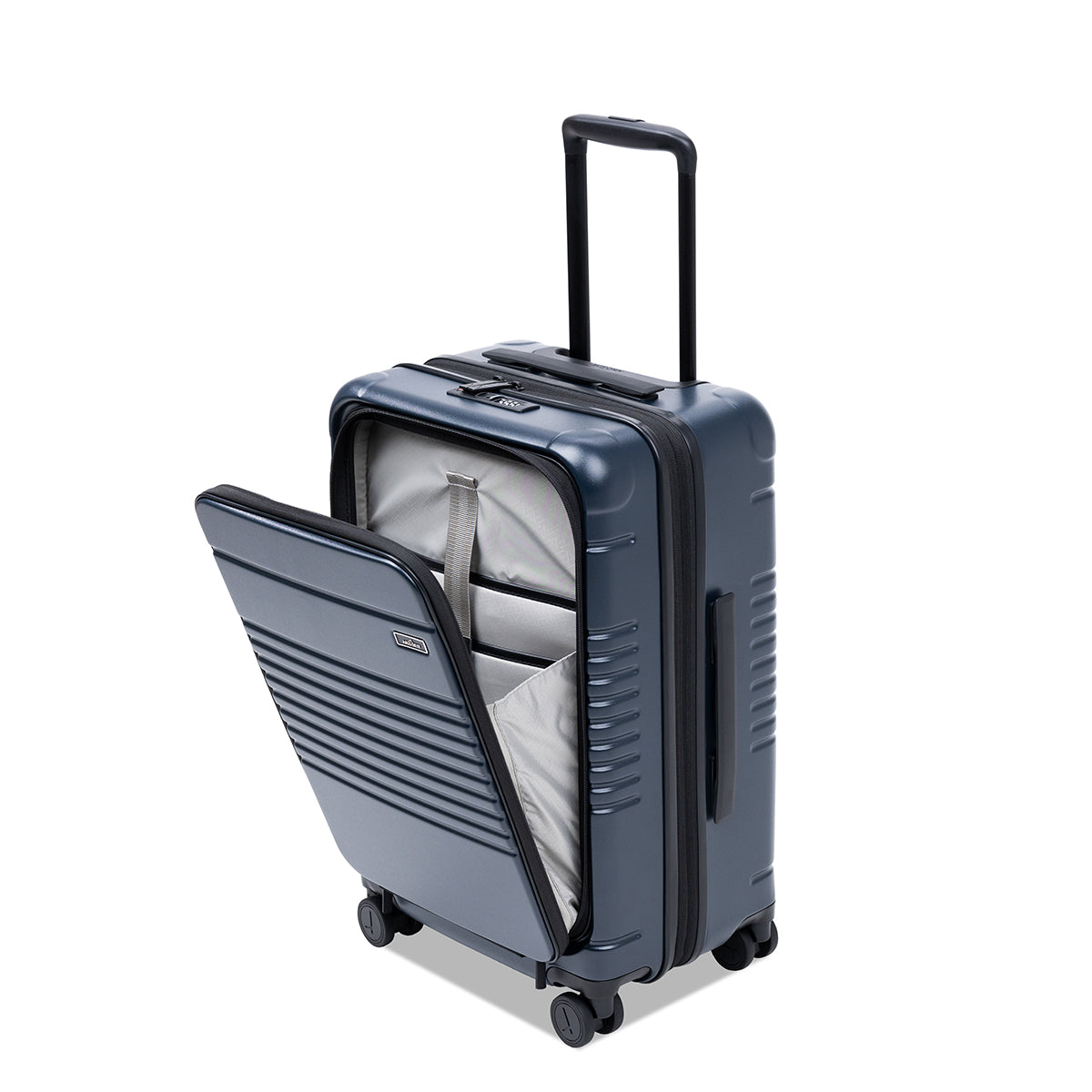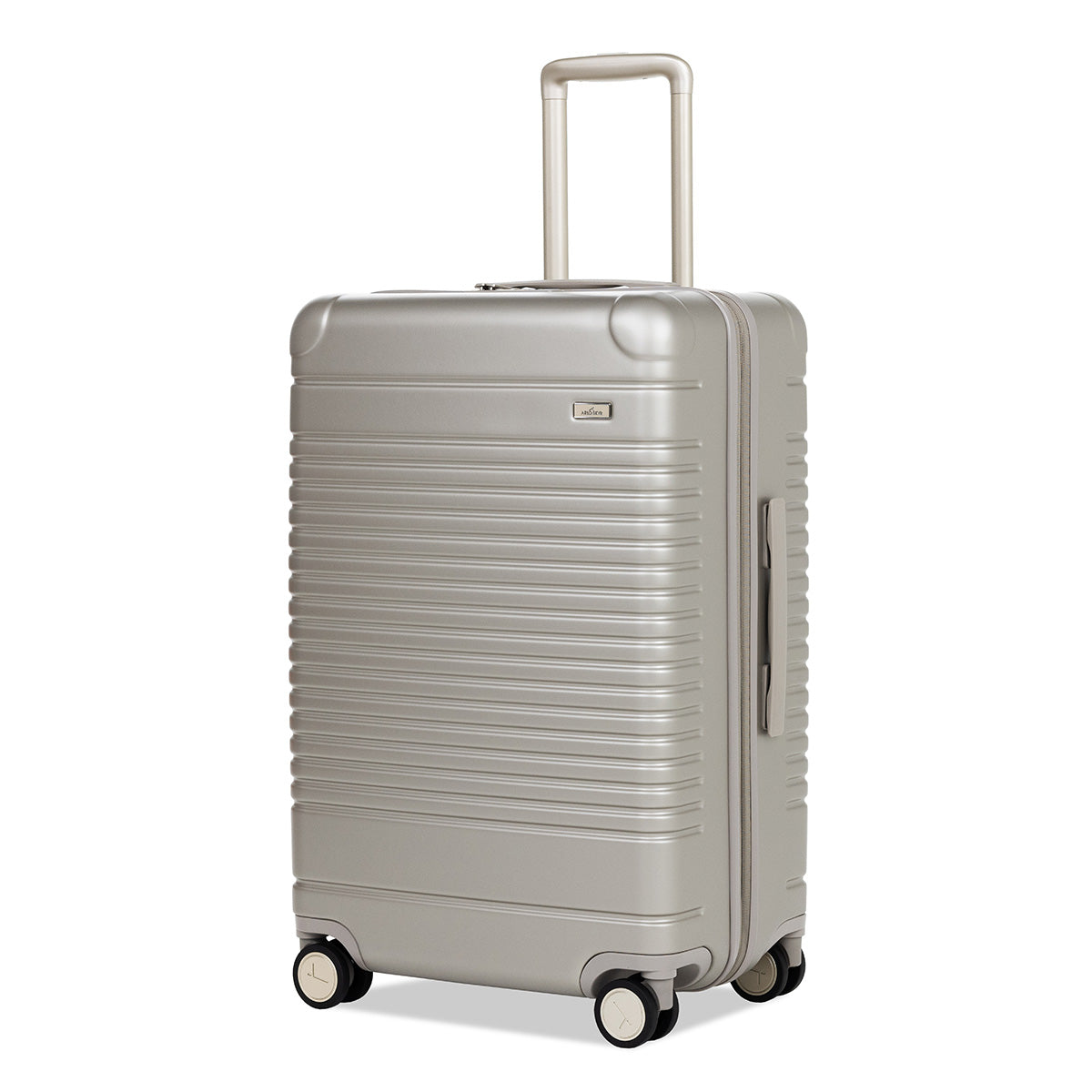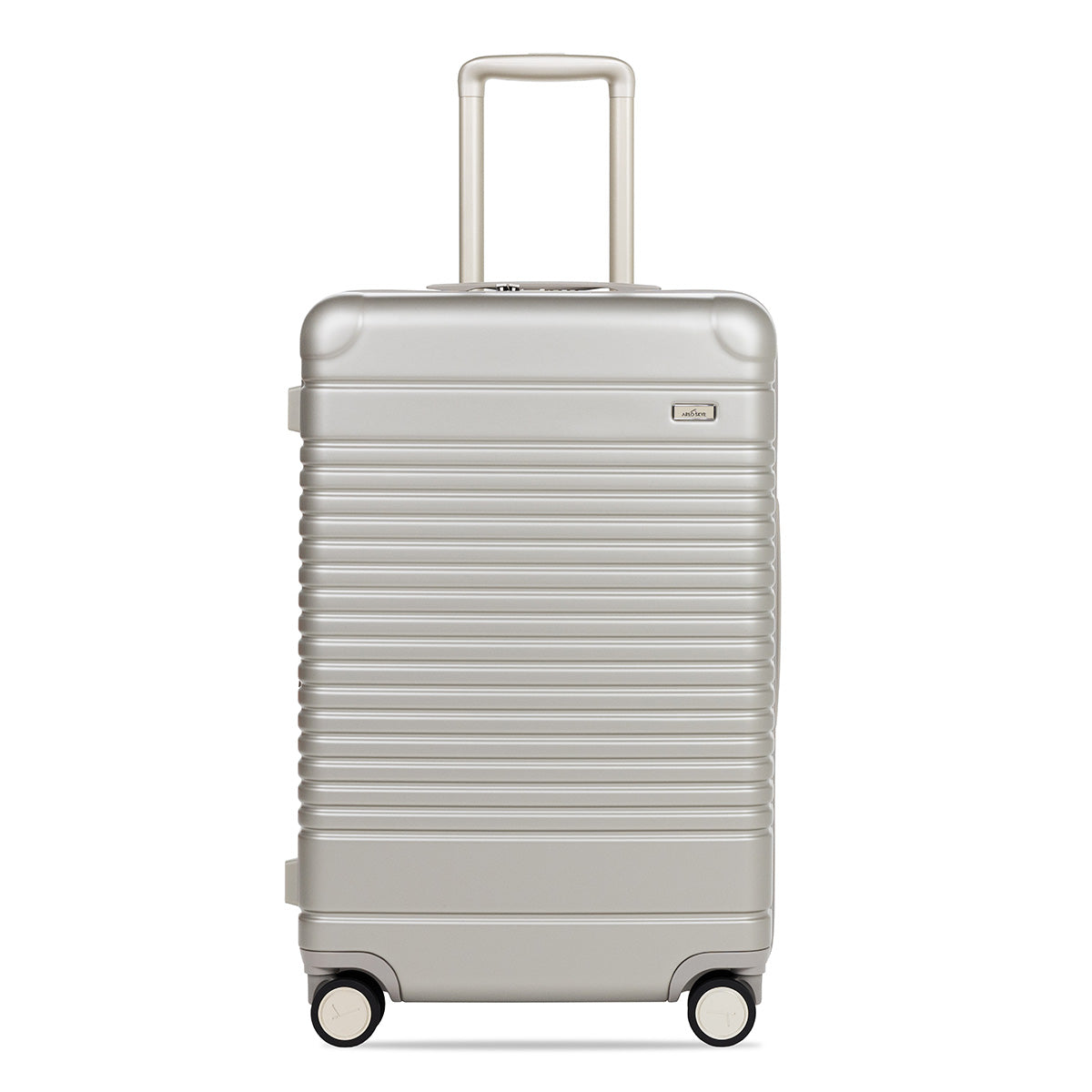@popeyethefoodie and @ralphtheminicockapoo in the The Pet Carrier
When it comes to pets, most of us want our sidekicks around us at all times—especially on vacation. The challenges with taking pets on trips include the logistics of actually getting there (airlines have varying restrictions) and figuring out where to stay (some hotels do not allow certain types of pets)—among other concerns. And, unlike their beach-hungry human counterparts, many pets find the hustle and bustle of vacation voyages stressful. Here, we’ve gathered some essential travel tips to get your four-pawed pal there and back on track, and without a major meltdown.
Pets equal proper planning
All US-based airlines charge a fee for bringing your pet onboard (usually between $95-$125, one-way), and most airlines only allow a limited number of pets in the cabin—so book as far ahead as possible to make sure your friend makes the flight. On the day of your flight, arrive early, since most airlines do not allow online check-in if you have an animal in tow—and you can’t check them in at an airport kiosk, either. There are weight limits for pets (typically 20-25 lbs. including carrier, depending on the airline) though some airlines allow you to bring two pets, provided the total weight of the pets and their carriers doesn’t exceed the overall weight limit. Another thing to consider is the age of your pet: some airlines do not allow animals under four months old to travel. And, in all cases, your pet should have their travel manners in check: pups constantly growling at other passengers may be removed from their flight (if you’re tempted to ply your animal with sedatives to keep them calm, note that this is prohibited by many airlines).
If you have a service or emotional support animal, most of these terms are not applicable, but you do need to submit all required forms to the Special Assistance Desk at least 48 hours before you and your animal fly out. Airlines typically require service animals to be fully trained, clearly identified and leashed or harnessed, and they must sit at your feet or in your lap without protruding into the aisle (if they are too big, you may be required to purchase their own seat). Lastly, if you are flying international, you must research whether or not your service animal will be allowed into the country upon landing.
Just say no to cargo
Pets exceeding 25 lbs. cannot fly in the cabin of the plane, and must be crated and checked into the cargo hold of the airplane, which typically costs around $200 one-way. Unless it is an absolute emergency, we do not recommend checking pets into cargo (and, keep in mind that most airlines do not allow you to book your pet into cargo until 10 days before takeoff). Instead of cramming them into cargo, plan your furry friend’s own “vacation” by finding a really top-notch boarding facility where they will feel relaxed and comfortable while away from their favorite human. Or get a great in-home pet-sitter. Either way, your choice should make your pet feel super happy, so be prepared to do some research before your trip.
Fido needs I.D.
First, keep in mind that the rules for flying with pets in-cabin during international flights are much more stringent: in many cases, they are simply not allowed. Whether you are flying international or domestic, airlines and destination countries may require certain documents—including updates on vaccinations and an overall clean bill of health—from your vet. Make sure to reach out to the airline and also the consulate of the country you are traveling to (if flying international) a few weeks before your trip: they’ll have the 411 on what paperwork you will need to bring with you. Be aware that if you are going away on an extended trip, you may need to visit the vet before returning, to update your pet’s health records and paperwork. You should also make sure to have your pet properly identified with tags and a microchip, if you haven’t done so already. The cell number on your pet’s tags should be the one that travels with you.
Carrier test runs
American Airlines, United and Delta have the largest allowable carrier dimensions (approx. 11” x 11” x 17”) versus Southwest and Jet Blue, whose dimension requirements are notably smaller. If your pup has gained a bit of weight from winter hibernation (or you just want them to be super comfy and not squished), you’re better off picking one of those three airlines. There are additional restrictions for each airline based on the aircraft, cabin class and seat itself—so it's best to call the airline with the flight number you're interested in booking and confirm the carrier size requirements.
Even the highest quality pet carriers require a bit of getting used to, so plan a few progressively longer car rides with your pet in their carrier before taking them on an extended trip. Also, choose a carrier that is well-ventilated on all four sides, has an integrated collar strap, a leak-proof base and allows easy access to your pet from a top and side exit. You won’t be allowed to take your pet out of the carrier after entering the airport (barring bathroom breaks in the pet relief area), and they must stay in the carrier at all times after boarding the plane—but you can give them a first-class cabin experience by feeding them comforting treats and sips of water through the treat window of your carrier. Also, remember that the carrier counts as a carry-on bag or personal item, so you need to factor it into your overall luggage count—and it must be small enough to fit under the seat in front of you.
What to pack
Don’t count on the local pet store at your destination city to be stocked with all your pet’s favorites: instead, bring enough of their food and snacks for the duration of the trip. And don’t forget to refill water bottles after security check and pack anti-spill travel containers for on-the-go hydration and snack breaks. Flight delays may throw your schedule out of whack, and since animals thrive on routine, keeping feeding times as close to normal as possible will keep their stress levels from skyrocketing. Make sure to bring all your pet’s meds, plus a few of their favorite toys and blankets, and—lest it need remembering—bring an endless supply of their all-time favorite treats to make the hurry-up-and-wait moments of travel a little more enjoyable. Finally, bring plenty of waste bags or a disposable litter box, cleaning wipes, insect repellant and an old towel, to cover your bases while your pet is enjoying their swims and romps.
On the ground
Before and after flying with a dog, make sure that you take them for a nice brisk walk. This helps relax them, and encourages regularity. When choosing hotels, try to find ones that don’t just allow pets, but actually encourage them—there is a big difference between staying at a place and feeling like your animal’s presence is actually a part of the hotel’s overall character versus something that is merely being permitted. And if you can’t find a hotel that loves animals, consider a pet-friendly Airbnb, but make sure that you case the place for anything that might endanger your pet (and for anything valuable your pet might destroy) before settling in.
Pro tip
While you may not have the final say in when you travel, avoiding very heavily traveled days (like the Wednesday before Thanksgiving) will keep you and your pet a lot more cool, calm and collected when on the road.
Learn more about Arlo Skye's airline-approved Pet Carrier.



